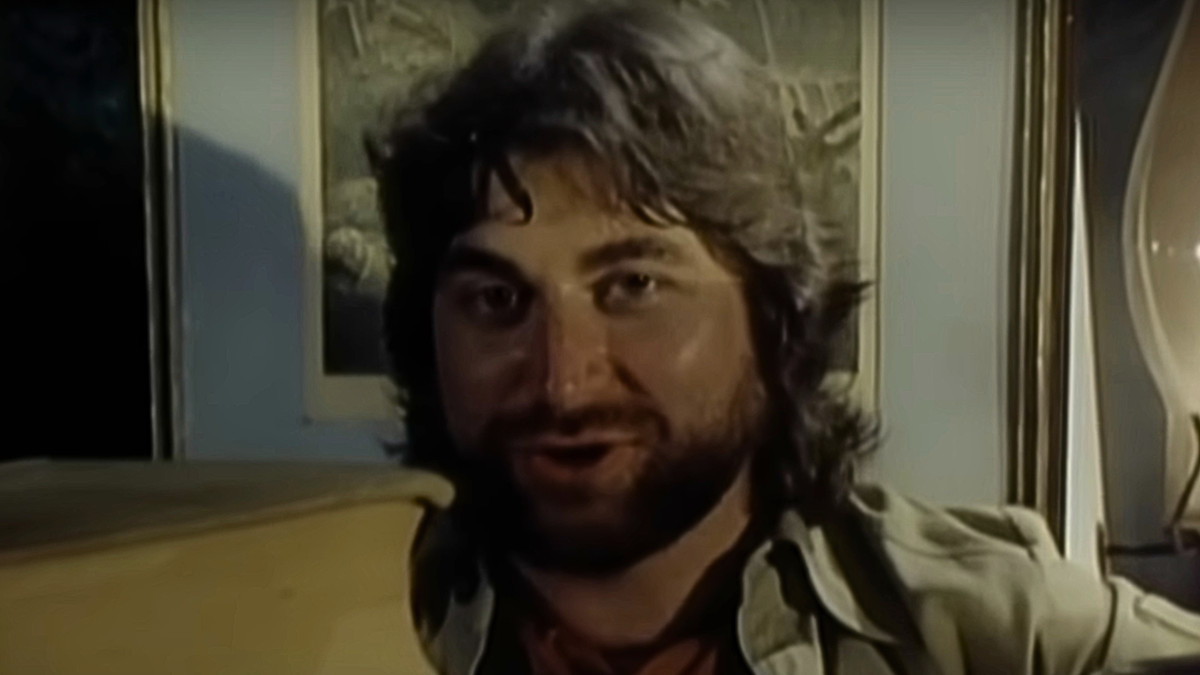Four decades after its release, Toto’s “Africa” remains one of the strangest and most unexpected success stories in pop music history. Born from a studio experiment, this track astonished everyone by becoming the band’s only U.S. No. 1 hit on February 5, 1983, a feat that disrupted the charts by dislodging Men at Work’s “Down Under.” Yet, this song’s saga did not end there—with the rise of the internet, “Africa” achieved a second life, rejuvenating its place in modern pop culture in ways few 1980s singles ever dreamed of.
Part soft-rock reverie, part synth-pop daydream, this song showcases a masterclass in arrangement and production. It features meticulously layered keyboards, hypnotic percussion, and an unforgettable chorus engineered to implant itself into the minds of listeners across generations.
The track closed Toto IV (1982), transforming a Los Angeles studio collective from session musicians to mainstream legends. Released initially in the UK on June 25, 1982, then the U.S. on October 7, 1982, it quietly gathered momentum before exploding onto global charts: No. 1 on Billboard Hot 100, No. 3 in the UK, No. 5 in Australia, and topped charts in Canada. This broad appeal underscores its cinematic, widescreen allure.
The extraordinary songwriting partnership between keyboardist David Paich and drummer Jeff Porcaro generated the song with the band handling in-house production—a testament to their studio expertise. The signature brassy, breathy synth lead from a Yamaha CS-80 gives the melody a human touch, blending trumpet and flute tones into an irresistible hook. Meanwhile, the delicate kalimba-like textures crafted by Steve Porcaro on a Yamaha GS-1 add shimmer, while the heartbeat of the song is driven by Jeff Porcaro’s unique half-time drum groove and Lenny Castro’s congas, recorded in live loops to preserve authentic feel.
From the addition of Joe Porcaro’s marimba, Jim Horn’s recorders, to the rich background vocals delivered partly by Timothy B. Schmit, the song feels alive and perfectly balanced, an airtight studio masterpiece that never loses its emotional warmth.
Lyrically, “Africa” is a fantasy postcard written by Paich, reflecting not a travel guide but a yearning for something larger, an existential longing captured in iconic lines like “I bless the rains down in Africa” and “Kilimanjaro rises above the Serengeti.” These evocations fused with music create an emotional release that transcends factual geography.
The song’s mythos was dramatically amplified by the Steve Barron-directed video, a fantastical Indiana Jones-style journey that shifted “Africa” into an icon of MTV’s golden era. Featuring band members like Mike Porcaro and Lenny Castro, this video recently surpassed 1 billion YouTube views as of June 2024, confirming the song’s timeless and cross-generational resonance.
What explains “Africa’s” conquest of 1983? It lies in the brilliant music structure: a quiet beginning, whispered verses, and an explosive chorus—the textbook call-and-elevate technique that music producers still study. Praised as a yacht-rock touchstone and ranked on Rolling Stone’s “500 Greatest Songs of All Time,” the song’s complex layers — from the kick drum to woodwinds to vocal stacks — slot with surgical precision, creating an irresistible groove that reveals new auditory delights with each listen.
Over the years, “Africa” has earned myriad accolades, including a Diamond certification by the RIAA and standing at No. 32 on NME’s “50 Most Explosive Choruses.” Its resurgence as a cultural meme in the late 2010s and Weezer’s 2018 cover further cemented its status as an enduring generational anthem, cementing a unique handshake between old and new fans.
Still, within the band, the track evokes mixed feelings. Guitarist Steve Lukather described it as a “blessing and a curse” — a song not entirely representative of their wider, rock-oriented catalog but the one forever defining their identity.
The magic of “Africa” lies in its arrangement: the half-time backbeat creates sprawling rhythmic space, the counter-melodies introduce tension and release, and contrasting vocal timbres deliver a memorable lift. The remarkable sonic warmth of the Yamaha CS-80 synth cuts through the mix with a breath-like quality, defying the harsh ‘80s synth clichés.
Ultimately, “Africa” is less about place and more about feeling — a romantic, aspirational figure reaching for something beyond, whose chorus explodes like a sun-drenched horizon, providing listeners a momentary escape. This emotional fantasy is why it continues to resonate with audiences decades later.
In the end, it is a song engineered for irresistibility and sustained by internet-fueled nostalgia, an evergreen anthem that keeps blessing the rains, one unforgettable refrain at a time.
As David Paich succinctly puts it, the song has always been “designed to be irresistible”. And that design continues to captivate the world, four decades on.
